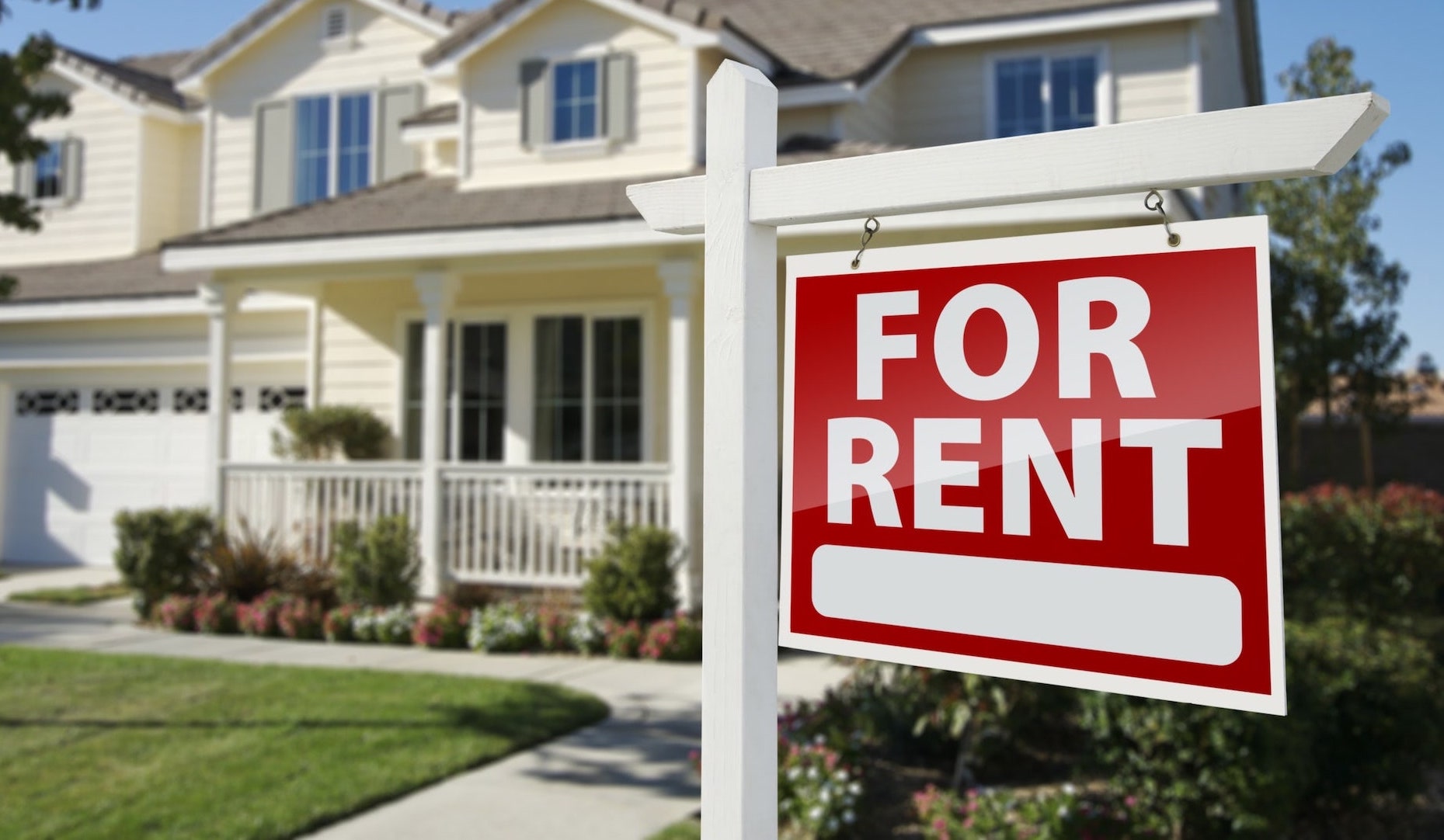Prior to the Great Depression, mortgages were difficult to obtain for the common person. Terms such as a 50% down payment and a payback period of five years made the initial down payment insurmountable to most, while the high monthly payments made it difficult for the rest. Only the wealthiest of people could afford to purchase a home. From the late 1800s to the early 1900s, immigration to America was very popular in the quest to obtain the American Dream. But with the increase in population also came the need for affordable housing. In the 1930s, the federal government came up with some new agencies and programs that offered greater security to banks that would lend on more favorable terms to the masses. 30-year mortgages with only 10-20% down were introduced. Years later additional programs were introduced to allow people to purchase a home with 3.5% down and even zero down. The long repayment schedules and relatively low interest rates meant most people with a decent job and good credit could qualify for a home.
Over the past few decades, as Americans have become more mobile and willing to transfer to different parts of the country for a job, the dilemma has been what to do with the home they currently own. The ideal situation would be to sell the current home and buy a new home. However, the cost of buying and selling a property (commissions, inspections, title insurance, transfer tax, etc.) can be quite substantial. For those with sufficient equity in their homes, this was no problem. But others who had just purchased in the past few years or who needed to sell during a downturn in the housing market experienced negative equity. If they sold now, they would need to bring a check to settlement to cover their negative equity to pay off their mortgage. It’s a bitter pill to swallow. Even if they had the money to pay the balance, many would consider holding onto their property and renting it out, hoping to at least break-even between the rental income and the mortgage expenses until house prices rose enough to sell. This has been the definition of an accidental landlord for many years. It’s someone who would prefer to sell their home and move on, but due to various reasons, cannot sell and are forced to become a landlord.
The past decade has certainly been unique in the housing market. Record low interest rates had continued for nearly ten years. In recent years we even saw mortgage rates for 30-year fixed-rate mortgages below 3%! It was a feeding frenzy for those who could afford to purchase a home and for those who wanted to refinance an existing home. A large majority of homeowners have interest rates well below today’s rates. When they have an opportunity for a job transfer, what will they do with their current home? In the past, the easy solution was to sell and buy. But it’s a new bitter pill for people to swallow today – giving up a 3% interest rate with a low monthly payment to buy a new house with a 6.5% interest rate. The principal and interest on a $200,000 loan at 3% is $843/month. At 6.5%, it’s $1264, or a 33% increase.
Enter the new accidental landlord. These are homeowners with plenty of equity in their homes, but don’t want to give up their low interest rate. They have no real desire to become landlords, but the numbers make so much sense, they can’t avoid it. One of the lessons I was taught early in my investing career was that it is difficult to get a single-family home to cash flow each month. Because these homes are sought after by families who want to live there, they tend to be willing to pay more. As a result, investors must find properties that need a major rehab to make the numbers work. But today, homeowners with a monthly payment of principal, interest, taxes, and insurance of $1200 can frequently rent their homes for $1600. While the insurance will likely increase due to the home not being owner-occupied and property management costs for those who don’t want to do the landlording themselves, having an extra $2000-$4000 per year in income can be significant! And it requires no additional investment on the owner’s part – only choosing not to sell their current home.
In the past, an accidental landlord was defined by his circumstance – paid too much, bought recently, buyer’s market, low sales prices. If he didn’t have the money needed to pay off the mortgage, he would have no choice but to rent the property for a few years (and frequently at a small monthly loss) until home values increased. Today, people are becoming accidental landlords by choice. Just as a person wouldn’t want to cash out a CD early that’s paying 20%, homeowners today who need to move realize the fortune they have in having a low interest rate, long-term mortgage on their home and don’t want to waste it. While it will continue to cause supply problems in the housing market, it has the opportunity to help these new accidental landlords to build substantial wealth in the future.













